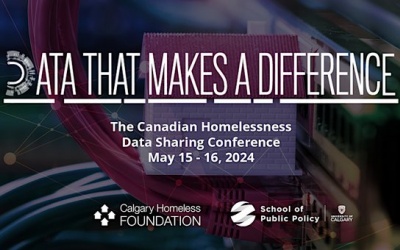Translation, Please! Decoding BC’s LNG Tax Regime
The government of British Columbia released its liquefied natural gas (LNG) tax regime on Tuesday, October 21st. At first glance, it is complex and relatively confusing. This blog post is an attempt to explain the pertinent features and quirks. Interested and patient readers can look at the details here.
Suppose you’re a new LNG facility and wondering how much tax you need to pay. Here’s the following quick summary:
Phase 1: Not making any money. Tax rate is 0%
Phase 2: Making a little bit of money. Tax rate is 1.5%
Phase 3: You’ve made enough money over the years to pay off the initial investment, and any losses you’ve incurred in the past. Tax rate may be as high as 3.5%, but is probably lower (it depends – more on this later).
Phase 4: You’ve made boatloads of money over the years. Tax rate is 3.5% until 2036, then 5% after.
But that’s not all! You get to deduct 0.5% of the value of your natural gas purchases from income tax paid, regardless of what phase you’re in.
More seriously, the tax is fairly complex, and I will break it down it a little more detail, with a little more technicality. The tax rate is on corporate profits (essentially revenue minus costs) and depends on whether the initial investment (capital cost) has been paid off. I’ll call the time before the project breaks even the young phase, and the time after the mature phase.
Phase 1: When profits are zero or negative, the tax rate is 0%. Profits will be negative when the initial investment is made, which is substantially larger than annual revenues. Negative profits are carried over into subsequent tax years as deductions.
Phase 2: Profits are positive, but past investments and accumulated losses are greater than profits. In this case, the tax rate is 1.5%.
Phase 3: Once the sum of annual profits is greater than the investment cost and accumulated losses, a project is considered to have broken even. From 2017 until 2036, the tax rate will be 3.5%; 2037 and later, it will be 5%. However, any tax paid before the project breaks even can be deducted, which lowers the effective tax rate. That is, any taxes you paid in phase 2 you can get back at this point.
Phase 4: The project has broken even, and the tax credits from the young phase have been exhausted. The tax rate is 3.5% until 2036 and 5% thereafter.
So why such a complex tax regime? The government could have implemented a system where the tax rate was zero until the break-even point, and some positive number afterwards, which would be much simpler to administer. However, that has the disadvantage of delaying tax revenues. Under the proposed regime, though, the government is giving some of that tax revenue back at a later date through tax credits.
To make it even more complex, firms receive a 0.5% tax credit on the value of natural gas used as an input. As part of the cost of natural gas is royalties – paid to the same government – this is equivalent to accepting a lower royalty, but only on gas going to LNG facilities. Very strange.
It’s also important to note this LNG income tax is in addition to the federal corporate income tax and the provincial corporate income tax. This means that firms essentially need to keep two or three sets of books, to keep track of what is taxed and what is deductible, just for paying tax in B.C. All in all, it seems like a needlessly complex system. If the government wanted more revenue, it should have just increased royalties.

